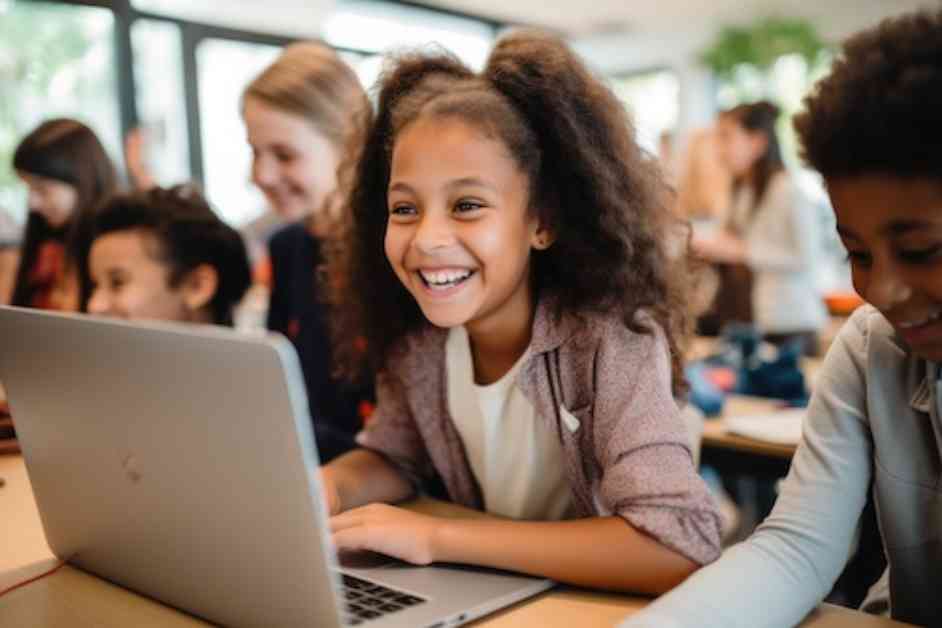In the past year and a half, there has been a surge of AI-powered educational tools entering the market. However, many of these tools may not be tapping into the full potential of AI in the classroom. While a recent survey revealed that 89% of teachers believe generative AI will impact teaching, some experts have raised concerns about the limitations of AI in education. Instead of using AI to replicate traditional teaching methods, there is an opportunity to explore more creative and effective ways to integrate AI in the classroom.
As an edtech researcher with a background in studying how technology can enhance learning through play, I have seen the transformative potential of generative AI in fostering creativity and collaboration among students. Rather than asking AI to perform tasks like math problems, which have clear right or wrong answers, we should be leveraging AI in scenarios where students can creatively solve complex problems that do not have a predetermined solution. By encouraging students to explain how they use AI tools in their work, we can promote a process of “intelligence augmentation” where AI enhances human intelligence rather than replacing it.
One way to incorporate AI creatively in the classroom is to use it to support collaborative projects among students. By allowing students to work together as a team and use AI to kickstart their brainstorming process, we can create opportunities for students to learn important skills such as teamwork and effective use of technology. This collaborative approach not only enriches the learning experience but also prepares students for the future workforce where collaboration and adaptability are essential.
Furthermore, adopting a playful learning approach with AI tools can help students develop essential soft skills and enhance their understanding of technology. Research has shown that playful learning promotes effective communication and idea-sharing among students. By engaging students in hands-on activities where they can create their own AI applications and experiment with new ideas, we can deepen their understanding of AI and its potential applications in education.
In practical terms, this could mean students using AI to generate historical images for analysis or visualizing complex scientific concepts in interactive ways. By actively engaging with AI tools and exploring their capabilities, students can gain a deeper appreciation for the technology and its role in shaping future learning experiences. While existing AI features in edtech tools are beneficial, a more interactive approach that allows students to interact directly with AI can foster a deeper understanding of the technology’s capabilities and limitations.
In conclusion, by embracing a playful and collaborative approach to integrating AI in education, we can empower students to develop future-ready skills and take ownership of their learning journey. This shift towards creative and interactive learning experiences not only prepares students for a rapidly changing future but also encourages them to think outside the box and explore the full potential of AI in education. Let’s shift our focus from conventional teaching methods to innovative and creative ways of leveraging AI in the classroom.







